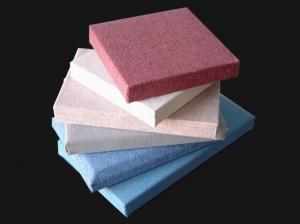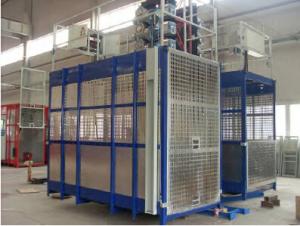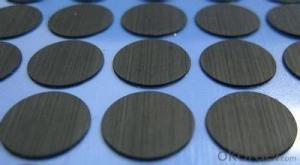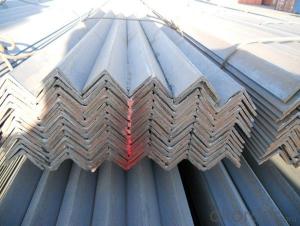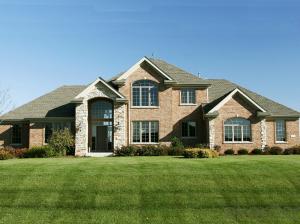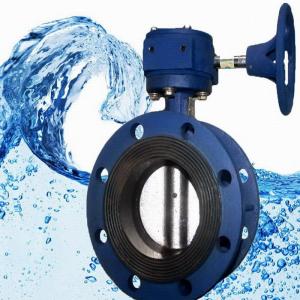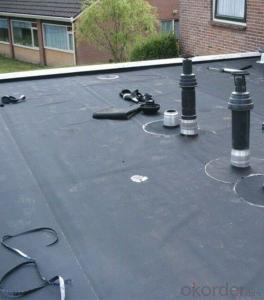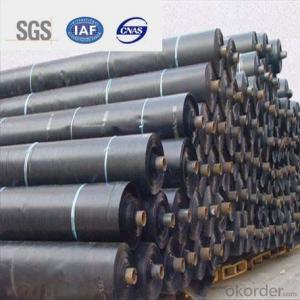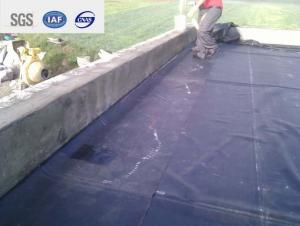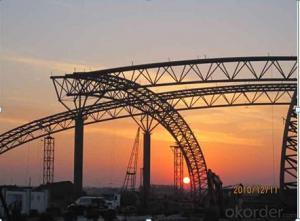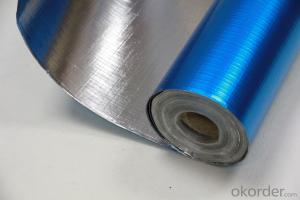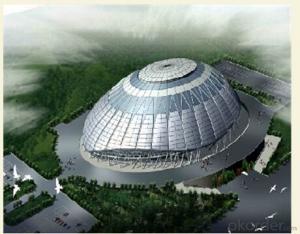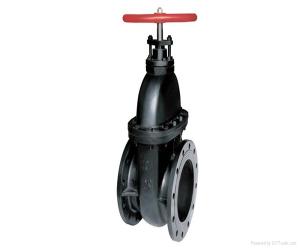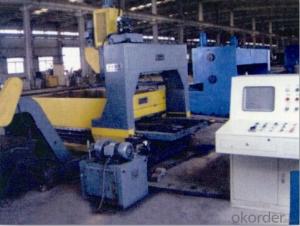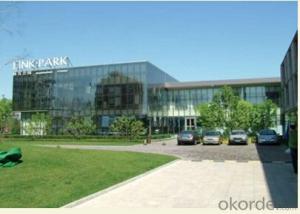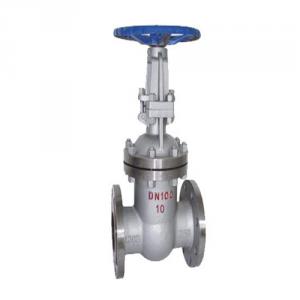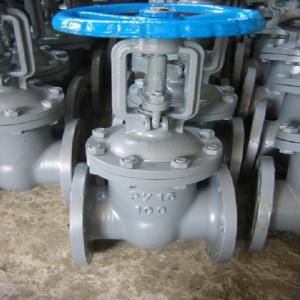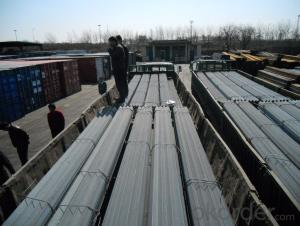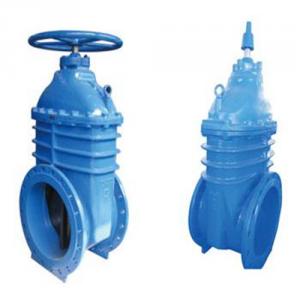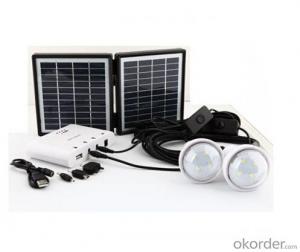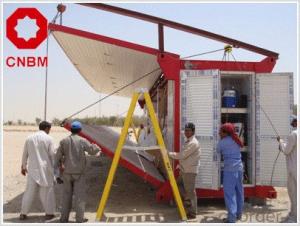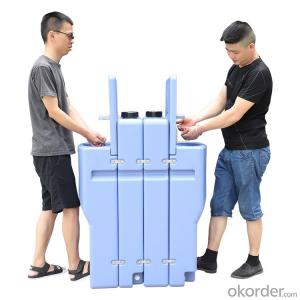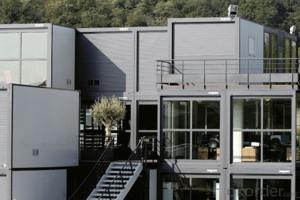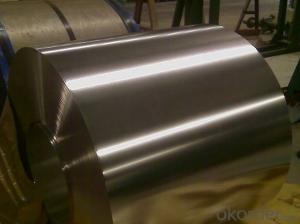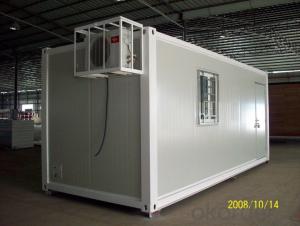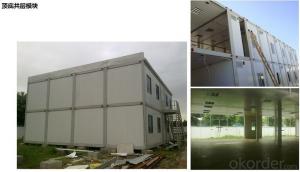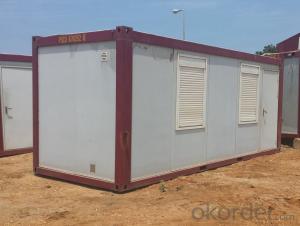Roof Structure
Roof Structure Related Searches
Led Light Bulbs For Ceiling Fixtures Decorative Ceiling Plate For Light Fixture Ceiling Plate For Hanging Light Fiberglass Panels For Roofing Heat Reflective Material For Roof Track Lights For Kitchen Ceiling Lights For Kitchen Ceiling Lights For Fall Ceiling Hanging Ceiling Chairs For Bedrooms 42 White Ceiling Fan With LightHot Searches
Fiberglass Scaffolding For Sale Plastic Roof Tiles For Sale Fiberglass Panels For Sale Fiberglass Greenhouses For Sale Cost Of Concrete Tile Roof Roof Insulation Price Artificial Slate Roof Tiles Price Ceiling Fan Lowest Price Tesla Solar Roof Inverter Types Of Flat Roof Coverings Stone Wall Tiles Cost Company Office Design Ceramic Roof Tiles Cost Metal Roof Tiles Prices Cement Roof Tile Manufacturers Clay Roof Tile Manufacturers Synthetic Roof Tiles Cost Roof Clay Tiles Prices Interlocking Roof Tiles Prices 30 Year Roof Shingles PricesRoof Structure Supplier & Manufacturer from China
Okorder.com is a professional Roof Structure supplier & manufacturer, offers integrated one-stop services including real-time quoting and online cargo tracking. We are funded by CNBM Group, a Fortune 500 enterprise and the largest Roof Structure firm in China.Hot Products
FAQ
- Certainly, a wheelchair-accessible layout can indeed be incorporated into the design of container houses. The adaptability and versatility of container houses offer the opportunity to create a space that specifically caters to the needs of wheelchair users. When contemplating the design of a wheelchair-accessible container house, various factors must be taken into account. Firstly, it is imperative to ensure that the entrance and exit points are equipped with ramps or lifts to guarantee effortless accessibility for wheelchair users. Moreover, the width of doorways and hallways should be sufficiently wide to accommodate wheelchairs. The interior layout should be characterized by openness and spaciousness, facilitating easy maneuverability. The kitchen and bathroom areas can be designed with lower countertops and sinks, along with the inclusion of grab bars and handrails to provide additional support. Moreover, it is crucial for the flooring to be smooth and level throughout the container house, enabling seamless movement for wheelchair users. Adequate lighting and strategically positioned switches at an accessible height are also essential for effortless navigation. Furthermore, technological advancements can be integrated into the design to enhance accessibility. For instance, automated doors, smart home systems, and voice-activated controls can greatly enhance the convenience of daily activities for wheelchair users. Ultimately, with meticulous planning and thoughtful consideration, container houses can be designed to be wheelchair-accessible. By prioritizing functionality and incorporating accessible features, container houses have the potential to offer a comfortable and inclusive living space for individuals facing mobility challenges.
- Container houses are designed to be durable and resistant to extreme weather conditions. They are typically made from strong steel materials that can withstand high winds, heavy snow loads, and even earthquakes. Additionally, container houses can be insulated and properly sealed to provide thermal efficiency and protection against extreme temperatures. With proper design and construction, container houses can effectively handle various weather conditions and provide a safe and comfortable living environment.
- Container houses have the potential to incorporate a green roof or rooftop garden, which adds to their eco-friendly and sustainable qualities. These types of houses are often regarded as environmentally conscious choices, and the addition of a green roof or rooftop garden further enhances their positive impact. A green roof or rooftop garden involves covering the roof of a building with vegetation, which offers numerous benefits. Firstly, it helps to combat the urban heat island effect by absorbing and deflecting solar radiation, thereby keeping the interior of the container house cooler. This leads to energy savings as less cooling is required. Secondly, a green roof or garden improves air quality by absorbing carbon dioxide and releasing oxygen. It also acts as a filter, removing pollutants and particulate matter from the air, resulting in cleaner and healthier surroundings. Additionally, a green roof or rooftop garden provides additional insulation, minimizing heat loss in winter and heat gain in summer. This contributes to energy efficiency and lower utility bills. Aside from the environmental advantages, a green roof or rooftop garden enhances the aesthetics and livability of a container house. It creates a natural and tranquil ambiance, offers a private outdoor space, and even allows for the cultivation of fruits, vegetables, or herbs. However, before implementing a green roof or rooftop garden on a container house, it is crucial to consider certain factors. The structural integrity of the container and its ability to support the added weight of the vegetation and soil must be evaluated. Adequate waterproofing and drainage systems must also be in place to prevent water leakage and potential damage. In conclusion, container houses can certainly be constructed with a green roof or rooftop garden, presenting a sustainable and visually pleasing housing option that seamlessly integrates nature into urban environments.
- Yes, container houses can be built in remote locations. Container houses are flexible and modular, making them suitable for construction in various terrains and environments, including remote areas. The prefabricated nature of container homes allows for easy transportation to these locations, and their durable and weather-resistant construction ensures they can withstand the challenges of remote settings. Additionally, container houses offer an eco-friendly and cost-effective solution for housing in remote locations, making them a viable option for such areas.
- Yes, container houses can be insulated for temperature control. Insulation materials such as foam panels, spray foam, or rigid insulation boards can be added to the walls, floors, and ceilings of container houses to regulate the internal temperature and improve energy efficiency. Additionally, windows and doors can be properly sealed, and ventilation systems can be installed to further enhance temperature control in container houses.
- Container houses can indeed be a suitable option for eco-friendly living. These houses are made from repurposed shipping containers, which reduces the demand for new construction materials and minimizes waste. By reusing these containers, we are effectively recycling and reducing the carbon footprint associated with traditional housing construction. Additionally, container houses can be designed to be energy-efficient. With proper insulation and ventilation systems, these houses can effectively regulate temperature, reducing the need for excessive heating or cooling. This helps to conserve energy and lower greenhouse gas emissions. Furthermore, container houses lend themselves well to incorporating sustainable features. They can be equipped with solar panels to generate clean, renewable energy, reducing reliance on fossil fuels. Rainwater harvesting systems can also be installed, enabling homeowners to collect and reuse water, conserving this valuable resource. Container houses also promote sustainable living by encouraging minimalist lifestyles. The limited space within these houses encourages individuals to declutter and live with less, reducing consumption and waste. This minimalist approach aligns well with eco-friendly living principles. However, it is important to note that the sustainability of container houses is also dependent on the materials and practices used during the conversion process. It is essential to ensure that eco-friendly materials are used for insulation, flooring, and finishes, and that the conversion process itself is carried out in an environmentally responsible manner. Overall, container houses can be a suitable option for eco-friendly living. They offer the benefits of recycling and reducing waste, energy efficiency, and the potential for incorporating sustainable features. However, it is important to consider the entire lifecycle of the house, from construction to ongoing maintenance, to ensure that it truly aligns with eco-friendly living principles.
- Yes, container houses can definitely be built with a kitchen island or breakfast bar. Container houses are highly customizable and can be designed and built to meet individual preferences and needs. Incorporating a kitchen island or breakfast bar in a container house can enhance functionality, provide additional counter space, and create a visually appealing and inviting kitchen area. With proper planning and design, container houses can accommodate various features and amenities, including kitchen islands or breakfast bars, to maximize the use of space and create a comfortable living environment.
- Yes, container houses can indeed be designed with an open floor plan. The modular nature of container construction allows for flexibility in designing the interior layout. By removing walls or utilizing large openings, container houses can achieve an open and spacious floor plan, providing a modern and airy living space.
